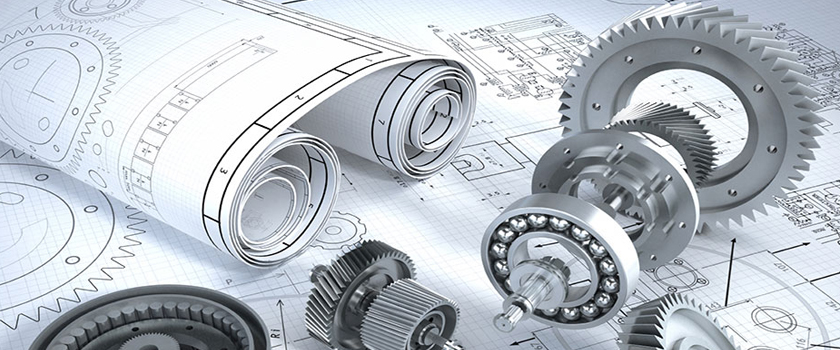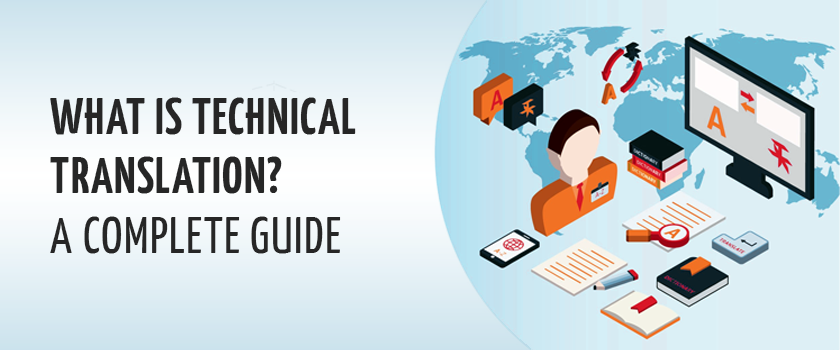In the engine compartment, remove the fixing bolts which connect the evaporator with the stop plate of front body, and then remove the nuts which connect the A/C unit and blower assembly with the front wall panel of engine compartment.
When we see the word “compartment”, some people may translate it as “隔间” for granted, but in the auto industry, the vocabulary “engine compartment” means “发动机舱”. In this sentence, such terms as fixing bolts, evaporator, stop plate, nuts, A/C unit, blower assembly and front wall panel are specific words in mechanical engineering . The whole sentence can be translated as:
在发动机舱中,拧出蒸发器与车身前挡板连接的固定螺母,拆卸空调装置和鼓风机总成与发动机舱前围板连接螺母。
How to master these terms, on the one hand, we should pay attention to these specialized words we meet during translation and we should understand them by putting them in the context and this area; on the other hand, we can consult many materials and search their usage and meanings in the internet, such as through Google ; finally, we can record these new words, remember them in mind and accumulate them for future reference.
Secondly, mechanical engineering translation contains many long complex sentences which are difficult to comprehend. In this area, it uses longer sentences even a paragraph to accurately describe a process or operation. For example:
The tobacco is fed by an airlock valve into the expansion unit, then sent into a five-to-seven meter high vertical tower (depending on production) where the loosened tobacco gets in contact with the process gas stream flowing at low speed.
This is a compound sentence which decribes one process of cigarette production. This sentence can be divided into two main parts “The tobacco is fed by an airlock valve into the expansion unit” and “then sent into a five-to-seven meter high vertical tower (depending on production) where the loosened tobacco gets in contact with the process gas stream flowing at low speed”.
The first part is not difficult to understand as it is a simple passive sentence. The second part is more diffcult as it contains one subordinate clause. Let us analyse the second part. The subordinate clause is “where the loosened tobacco gets in contact with the process gas stream flowing at low speed” which modifies the word “tower”. When the train of thought is sorted through, the whole sentence becomes clear and can be translated as follows:
烟草由气闸阀喂入膨胀装置,然后再进入一个五到七米高的垂直塔(取决于产量),松散的烟草在塔内与以低速流动的工艺气体相接触。
So how to translate long difficult sentence well, there are some tips: we can first break up the whole sentence into parts, and then analyse and translate each part, finally rearrange these parts into a complete sentence in accordance with Chinese expressions.
Thirdly, mechanical engineering English adopts passive voice to explain some operation or processes. It is summarized that passive voice almost accounts for one third of all expression in this area. There are some reasons for using passive voice:
a. It intends to emphasize the subject and highlights the importance. For example: Engine oil is used as lubricant to machines. (机油被用作机器的润滑剂。)
b. It is no need to point out the performer. For example: Mina 3 PSD screens are numbered (PSD1, PSD2) starting from the PSD closest to the track. (从距离轨道最近的 PSD 开始对 Mina 3 号车站的 PSD 屏蔽门进行编号(PSD1、PSD2 等)。)
For passive voice, the common practice is to translate it into active voice in Chinese, such as transforming the passive subject into object and translating it into “把”, “使” or “由” structure; sometimes the sentenc intends to emphasize the passive action, it can be translated as passive voice.
To sum up, mechanical engineering English is characterized by many specific specialized words, long complex sentences and passive voice. Although mechanical engineering translation is an arduous task during daily work. By knowing these characteristics, we can deal with it with corresponding methods during E-C translation.
Read Also: Professional Patent Translation from CCJK



